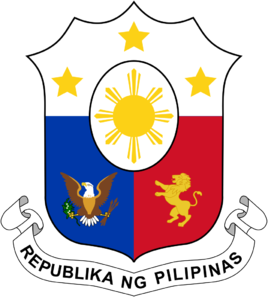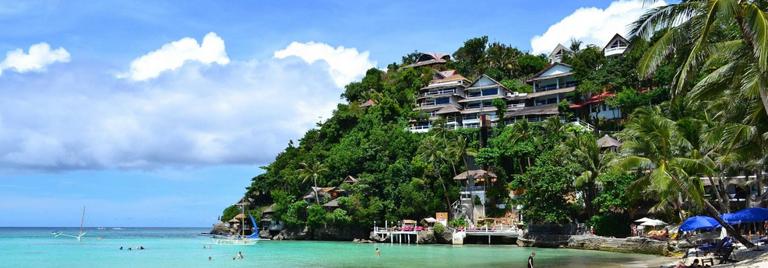

The Philippines located in the Western Pacific Ocean, is a multi-ethnic country in Southeast Asia, an area of 299,700 square kilometers, population 100 million.
The ancestors of the Filipinos were immigrants from the Asian continent, and the kingdom of the sea was established before and after the 14th century. In 1565, Spain occupied and ruled the Philippines for more than 300 years. 1898 occupied by the United States. 1942 was occupied by Japan. After World War II to become a US colony. In 1946, the Philippines was independent.
The Philippines is mainly divided into Lu Song, Visayas and Mindanao three islands, a total of more than 7,000 islands, ethnic and cultural diversity, the integration of many Eastern and Western customs, prehistoric Nigerian people may be the earliest in the Philippines Residents, followed by the migration of the nation has brought Malay culture, with the development of religion and trade has also brought the Indian culture, Chinese culture and Islamic culture.
The Philippines is a major member of the Association of Southeast Asian Nations (ASEAN) and one of the 24 member countries of the APEC. Philippines is one of the emerging markets for developing countries, emerging industrial countries and the world, but the gap between rich and poor is great. Independence so far, the Philippines experienced several rapid economic growth, but the political situation is often turbulent, the government corruption, social instability has become a major factor hindering its development.
According to the 1898 Treaty of Paris, the Washington Treaty of 1900, the Anglo-American Treaty of 1930, the western boundary of the Philippine Territory was 118 degrees east longitude. But after the 1970s, Philippine through four military operations broke through the boundaries of the illegal occupation of China's Nansha Islands eight island reefs, which is the real origin of the Sino-Philippine territorial dispute.
